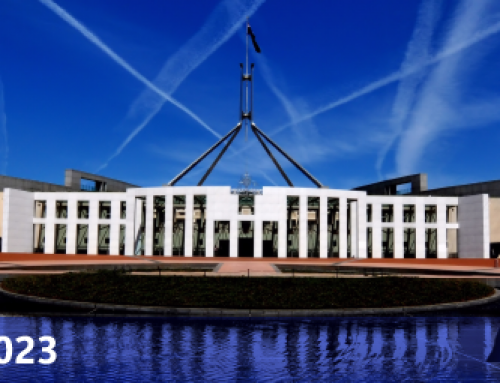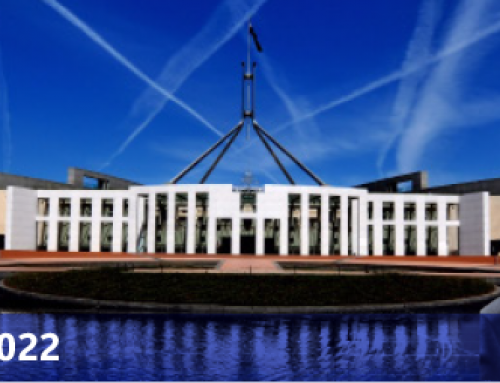In what has been perhaps the most discussed and debated interest rate decision of all time, the US Federal Reserve (Fed) increased their Federal Funds target interest rate range by 0.25% to 0.25-0.5% at their December meeting. This is the first rate move since the Fed reduced its target rate range to a historic low of 0-0.25% seven years ago as part of it’s strategy to support the US economy in the wake of Global Financial Crisis (GFC).
Markets have been expecting this increase for some time given the Fed began communicating an intention start increasing rates after ending their Quantitative Easing programme in late 2014. Most importantly, in announcing the interest rate increase, the Fed indicated an expectation that future rate increases would be gradual and dependent on the economy continuing to grow and the inflation rate remaining on track.
Why were US rates increased?
The inital motivation for lowering and holding the target rate to the historically low range of 0-0.25% was to support the US economy after the GFC. This, along with other measures (such as Quantitative Easing), formed part of a package of economic stimulus initiatives designed to ensure that US economy would avoid the risk of a sustained recession and return growth to acceptable levels. Those stimulus measures have now achieved their goal; US unemployment has halved to 5%, job growth is above pre-GFC levels, business and housing investment has increased and economic growth has continued to improve. The Fed now needs to begin to rebuild an interest rate buffer so that it has the ability to use interest rates to stimulate the economy again if required into the future.
What does this increase mean for Australia?
The rate rise is evidence that the US economy is strong and projected to continue to improve. This is certainly good news from an Australian equities perspective. There has been alot of discussion about what an increase to US rates would mean for Australian interest rates. Historically, Australian interest rate movements have closely followed US rate movements. However, Australia’s relatively strong economic position going into and continuing throughout the GFC meant that our economy did not require as much stimulus as the US economy. As a result, the Reserve Bank (RBA) has not had to cut rates to the same degree as the Fed and therefore the correlation between US and Australian rate movements has reduced since the GFC. Weakening commodity prices have placed Australia on a lower growth trajectory than the US, and we believe that it is unlikely in the near future that the RBA will follow the US Fed in increasing interest rates.
Perhaps the most direct potential impact of the US rate increase is its effect on the value of the Australian dollar ($A). We expect that as the US continues to increase rates over the next few years, the $US will also steadily appreciate in value. This will cause the $A to fall in value against the $US which is, in general, a good thing for the Australian economy because it should increase our exports and services (e.g. inbound tourism) sectors.




